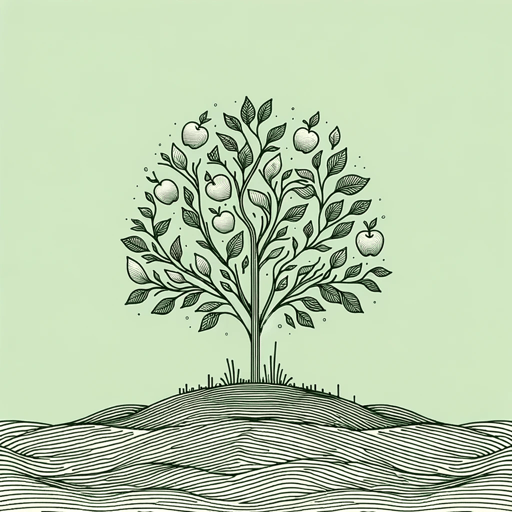24 pages • 48 minutes read
T. S. EliotThe Love Song of J. Alfred Prufrock
Fiction | Poem | Adult | Published in 1915A modern alternative to SparkNotes and CliffsNotes, SuperSummary offers high-quality Study Guides with detailed chapter summaries and analysis of major themes, characters, and more.
Poem Analysis
Analysis: “The Love Song of J. Alfred Prufrock”
Eliot opens the poem with an epigraph from Dante’s Inferno. In referencing Guido da Montefeltro, who tells a story only because he believes no one will be able to repeat it, Eliot establishes the interiority of the monologue his speaker, J. Alfred Prufrock, is about to deliver. This creates intimacy with the reader and establishes a degree of honesty. The reader can trust the speaker.
Eliot immediately creates an eerie, unsettled mood with the first stanza’s imagery, describing the evening as “spread out against the sky / like a patient etherized upon a table” (Lines 2-3). With this startling, medical image, he introduces a key theme: the paralysis or inaction of modern man. A degree of risk undergirds the image, suggesting that death pervades the speaker’s mindset and worldview.
Prufrock addresses a second person “you” in these early lines. Multiple interpretations of the “you” figure are possible: Perhaps Prufrock speaks to the reader, drawing them in for an intimate look into his mind; perhaps he speaks to the female love interest who arrives later in the poem; or perhaps he addresses an alternate side of his own, fragmented self.
Related Titles
By T. S. Eliot

Ash Wednesday
T. S. Eliot

Four Quartets
T. S. Eliot

Journey of the Magi
T. S. Eliot

Little Gidding
T. S. Eliot

Mr. Mistoffelees
T. S. Eliot

Murder in the Cathedral
T. S. Eliot

Portrait of a Lady
T. S. Eliot

Rhapsody On A Windy Night
T. S. Eliot

The Cocktail Party
T. S. Eliot

The Hollow Men
T. S. Eliot

The Song of the Jellicles
T. S. Eliot

The Waste Land
T. S. Eliot

Tradition and the Individual Talent
T. S. Eliot

